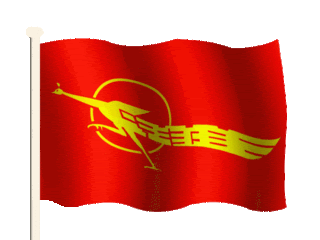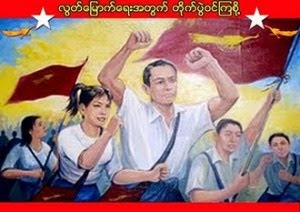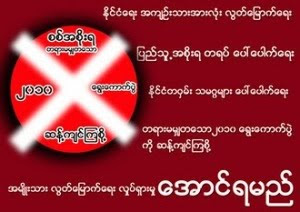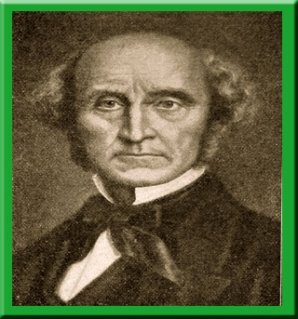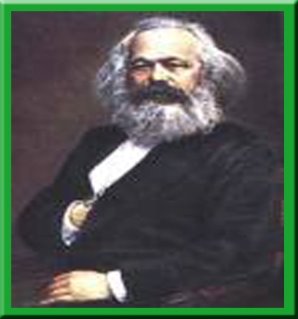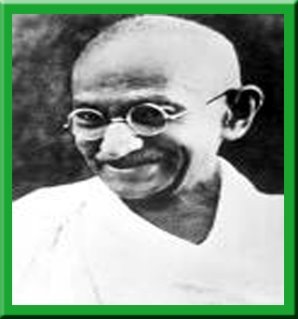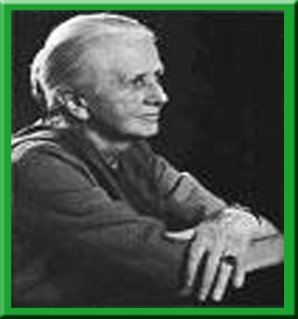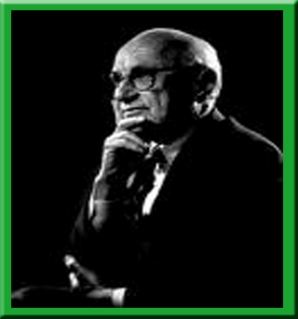The current military regime of Burma focused the national power concepts in their propaganda and training programmes of Defence Services Academy (DSA) and Union Solidarity & Development Association (USDA). Also they used the examples of China and India to demonstrate how population growth can increase the national power of a state. In addition, the State Peace & Development Council claimed that the government is struggling for economic growth. As a result, young military officers and USDA members got the propaganda concepts and some think that they are doing the right things. However, the realistic concepts and situations are different.
In this essay, I am going to mention the nature of national power and derive the Solow neoclassical model of economic growth written in terms of effective labour units and illustrate the relationship between population and economic growth. Furthermore, I would like to demonstrate why democratization is needed to increase the national power and economic growth.
The best starting point to discuss about the nature of national power is to characterize what constitutes a nation- state. The characteristics of a nation state include
- Sovereign political unit
- Population that in being committed to a particular collective identity through a common image of past and future shares a greater or lesser degree of nationalism
- A territory in its own
- Common and independent economic patterns
Common linguistic and cultural patterns.
From the psychological aspect, the nature of a nation state’s power is crucial because it represents the capabilities of the nation. The major elements of the national power include
- Geography
- Natural resources
- Population
- The nature of a country’s government
Among them, the military regime emphasized on the population concepts in its training. In the next section, I would like to demonstrate the theories and applications of the relationship between economic growth and population.
The upfront key terms used in this section:
Economic growth : A continued increase in the size of an economy (its GDP), i.e. a sustained increase in output over a period (Thomas, 2000:31)
Effective labour units: A*N is referred to as effective labour where A is the state of technology and N is labour.
Population growth rate: The rate at which a population is increasing (or decreasing) in a given year due to natural increase and net migration, expressed as a percentage of the base population (Hewitt, 2000:126)
It is clear that the output per effective labour unit and the population growth rate is negatively
correlated.
The higher population growth with unchanged saving means that capital does not grow fast enough to keep up with labour force growth and depreciation in this case, lower capital-labour ratio gives a decline in output per effective labour unit.
In contrast, the lower population growth with unchanged saving rate means that there has a sufficient capital to keep up with labour force growth and depreciation. In this case, a higher capital-labour ration gives an increase in output.
During the transition phase, growth rises above n and the high population growth can increase the output and capital growth in n goes in hand with growth in y. However, output growth falls back to the growth rate of population.
Growth rises above n during transition between steady states
To summarise, a fall in population growth:
· causes output per effective labour unit grow in the short run
· increases output per effective labour unit in the long run
· gives higher capital-labour ratio
· Maintains the sufficient capital to keep up with labour force and depreciation in the long run.
These are the main reasons why the developing countries are trying to decrease the population growth to improve the economic capabilities. In reality, the national power of the population means the population with industrialization, the population that can increase the output level of production. To achieve the full scale production, the policies of the government should be effective and the effectiveness of the policies depends on the nature of a country’s government.
Our Country, Burma has got the comparative advantage in other elements of national power such as a good geographic situation for International Trade, enormous natural resources and the reasonable level of population. However, the nature of a country’s government has been wrong throughout the histories; leading to a drawback in national power.
The data for democratization shows that in 1975, 68.7% of the countries were authoritarian, 7.5% were partial democracy and only 23.8% were liberal democracy. In 1995, only 26.2% were still remained authoritarian and the rest were partial or liberal democracy. Stoessinger (1986) claimed that democracy has a great advantage for national power because it rests on the consent and voluntary support of the governed, where dictatorship requires coercion.
In conclusion, I would like to appeal to the young military officers and USDA officials
to get out of the propaganda world by SPDC regime;
to co-operate with the people to throw out the wrong nature of the country’s government;
to adopt the right policies for economic growth and
to improve the national power as a whole.
(Ps. This appeal dedicated only to the people from the military and USDA who simply want to improve the country’s situation; not for the opportunists)
Khin Ma Ma Myo (14.5.2006)
Bibliography
Allen, T. & Thomas, A. (2005) Poverty and Development into the 21st century, Oxford University Press
Attkinson, G. (1985) Development Economics: An Annual Review, Volume 1, Causeway Press Ltd.
Dornbusch, R. & Fischer, D. (1990) Macroeconomics, 5th edition, McGraw-Hill
Khan, Langmead, Hardwick , Modern Economics, 4th edition, Longman
Gartner, M. (2003) Macroeconomics, Financial Times/ Prentice Hall
Gordon, R. J.(1981) Macroeconomics, 2nd edition, Bostom: Addison Wesley
Potter, D., Goldblatt, D., Kiloh, M. & Lewis (1997) Democratization, Polity Press, Cambridge
Sorensen, P. & Whitta-Jacobsen, H. (2005) Introducing Advanced Macroeconomics: Growh & Business Cycles, McGraw-Hill
Stoessinger, J. (1986) The Might of Nations, 8th edition, Random House, New York

